In days gone by, getting customers into stores revolved around blunderbuss techniques like loss leaders or cut-price essentials. While they drive the top line, promotion strategies need to be more sustainable from a profitability point of view. In the digital age, personalisation adds a new dimension to pricing and promotions.
A typical blanket offer affects customers in three different ways. An offer of £5 off a £50 basket will be wasted on a customer who normally spends £25. If they usually spend £50 this offer simply rewards them for their normal behaviour, but to a customer who usually spends £40 it’s likely to drive £10 of extra sales.
Too much investment is usually lost on rewarding rather than changing behaviour. Data insight gives you control over that balance, allowing you to discover what a customer considers a suitable incentive. Data informs where to set spend thresholds but also what products and ranges to focus promotions on. Different products have different loyalty levels. If, for example, a customer usually buys no beauty products, you can afford to invest heavily in encouraging them to do so, in the knowledge that anything they buy is a new sale.
Blanket offers on specialist lines like petfood, baby products or gluten-free can be irrelevant or an annoyance to the majority of customers. However, for customers who regularly buy them, offers are hugely beneficial. The more accurately a retailer can identify a unique need - for example pet ownership, a new baby, food intolerance - the more relevant and therefore effectively targeted offers can become.
In a digital era, opportunities exist that allow personalisation to be refined from broad segments to hyper-personalisation. The benefit of this is that you can be much more relevant and therefore cost-effective in your offer.
Given that Aldi and Lidl have established themselves as leading in offering the lowest prices, grocers must find alternative ways to communicate and deliver a competitive package.
While many retailers are getting a handle on personalised promotions, personal pricing remains elusive. The retailer to crack that will have a huge competitive advantage. So how can you communicate hyper-personalised pricing to your customers?
Many of us are aware of the concept of ‘my favourites’ from online shopping. There is no reason why similar lists cannot exist for store-based shoppers. If you add frequency of purchase you can start to predict what a customer will want to buy this week. The decision then becomes one of investment. How much is the retailer prepared to spend to secure that shopping trip? Add a judiciously picked list of relevant new products and promotions, and you have a plan.
Tim Mason is CEO of Eagle Eye








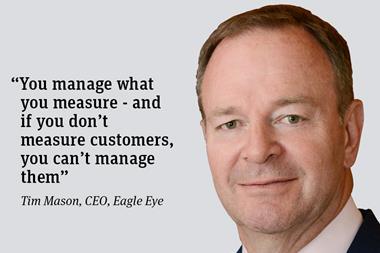

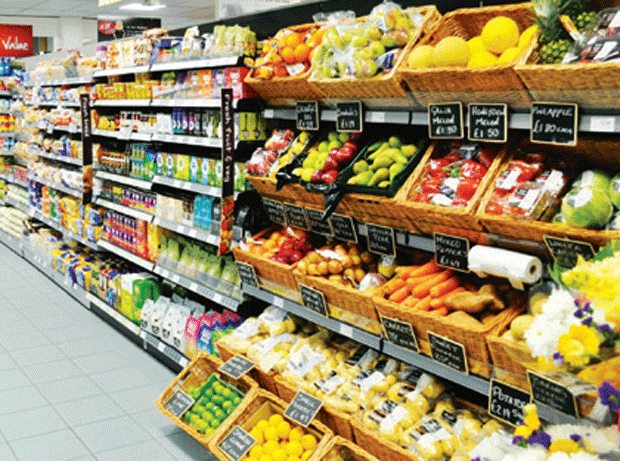
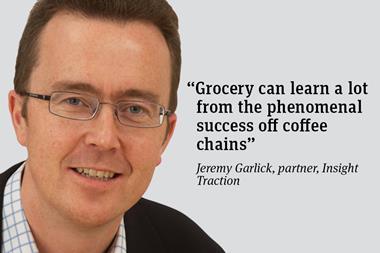
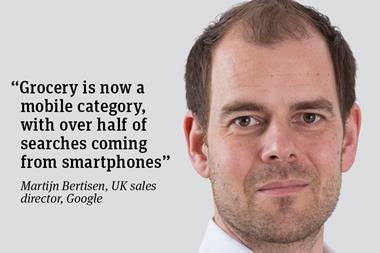





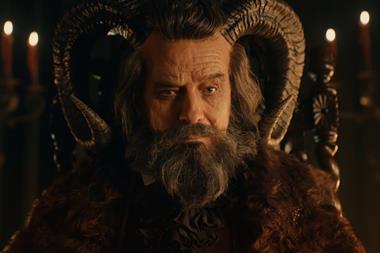
No comments yet